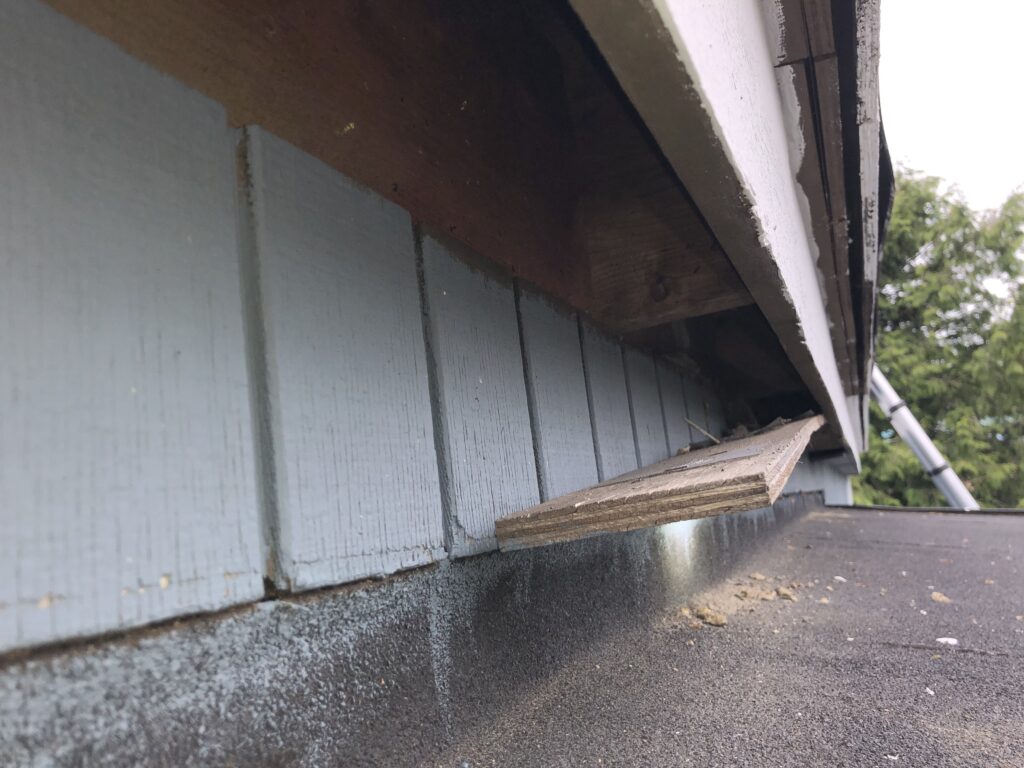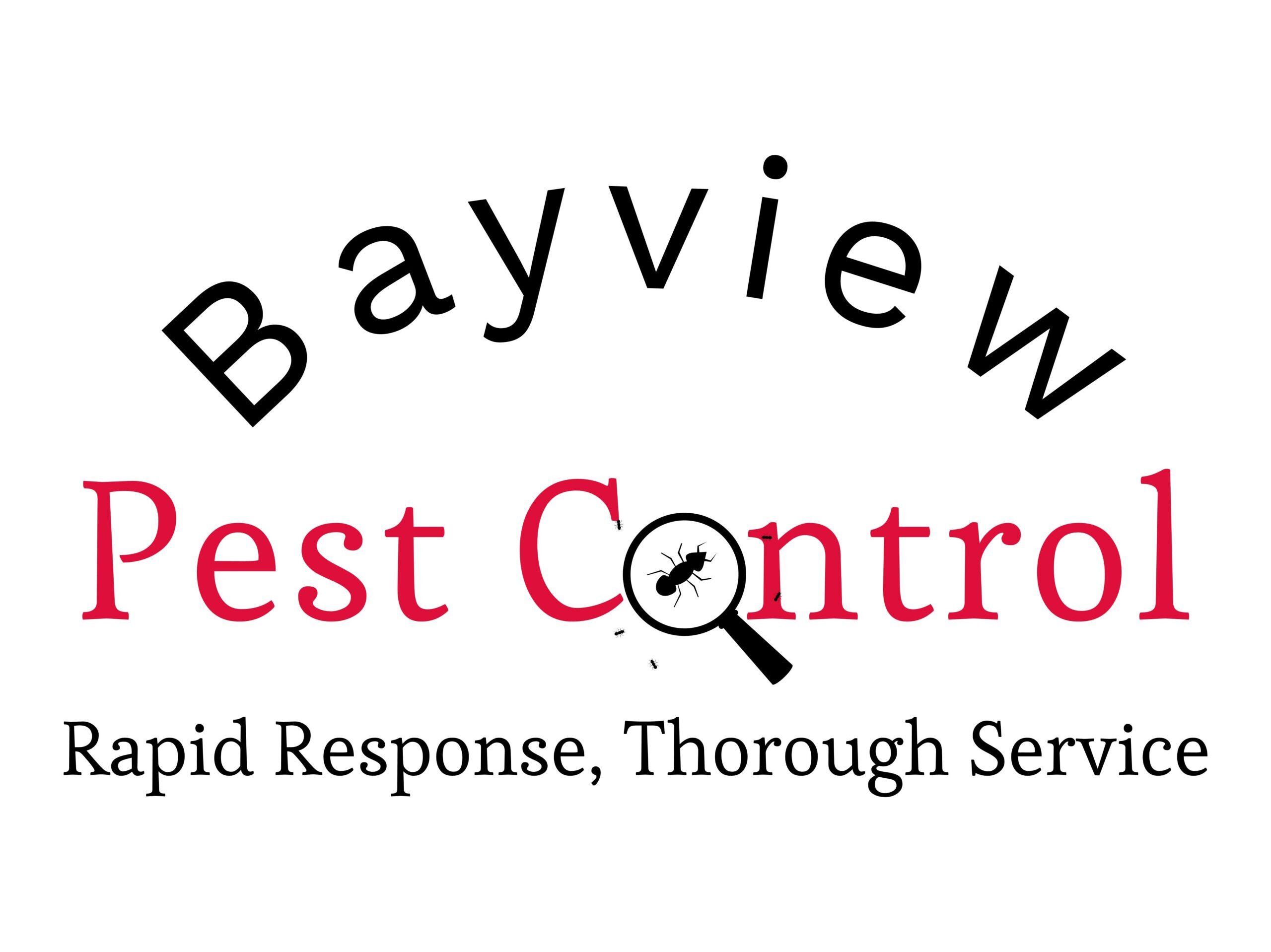Here are 7 things you can do today to help prevent pests at your home!
There are many things that make up pest issues and pressures. My goal is to give you a small guide on some simple things that you can do TODAY to help prevent pest issues from taking over your home.
- Landscape vegetation touching your house
- Trees touching house or overhanging your roof
- Earth to siding
- The exterior areas around your home
- Your crawl space and your house
- Is your garage door secure
- Windows and doors
Landscape vegetation touching your house.
Exterior plants can be beautiful additions to your home. They add to the beauty of your home. One of the most common issues when trying to control and prevent problems is the vegetation being too close to the house (within 12-18 inches). This can cause a few different issues that relate to pests.

- Inspection for pest issues is obstructed due to the fact that vegetation is too thick to see your foundation line
- Ineffective treatments due to vegetation
- Spider activity will be higher if the bushes are near windows
- Moisture build up under the plant can create an environment favorable for ant nests
- Rodents can use this as cover from predators giving them more time in close proximity to your house. This can result if rodents creating entry points into your home.
The fix? Try to make sure there is a clear 12+ inches space between your house and the vegetation.
Trees touching house or overhanging your roof
Trees touching present two very different pest potentials. One is rodents, and the other is ants.
- Rodents, specifically the Roof Rat are well known acrobats. They have been known to jump up to four feet from branch to roof. Once they are on the roof they can infest attics by finding or making entry points.
- Ants: carpenter ants are the biggest concern as they can cause structural damage. When trees touch your house, they act as a bridge. Even with regular treatments, this bridge can bypass the treated area. Attic infestations are harder to detect, and harder to treat.

The Fix? Ensure no trees are touching your house, and try to have a minimum separation for four feet from the tree to your roof.
Earth to siding contact
This one is simple enough sounding, but its a condition that can build up slowly over a period of time. I recommend checking at least once a month by doing a quick walk around your house to make sure that you can see foundation all the way around.
- Your siding in contact with the ground creates a situation where moisture can wick into the wood and cause damage.
- Pests can use this area to access your home without you ever knowing it happened.
The Fix? Try to make sure three to five inches of foundation is visible all the way around your house.
The exterior areas around your home
Object management and storage comes in many shapes and sizes. This section is focused on the exterior of your house.
There are a couple big things that contribute to pest issues, here you will find the biggest three things I have found that contribute pest issues.
- Garbage area (food sources)
- Objects stored directly against the house
- Standing water
Garbage handling practices play a crucial role in rodent and insect management. Most pests are opportunistic and will take advantage of trash that doesn’t make it into the trash can. Even with trash that does make it into the bin, ants and other pests will crawl in for a free meal. Ensuring that trash ends up in the bin, the bin staying closed, and keeping the bin at least one foot from your house helps create physical barriers and remove potential food sources.
Objects stored along the house prevent inspection and detection of things such as ants, wasps, and spiders. They will live in, or take advantage of these conditions to keep them safe. Making sure there is a physical distance not only helps prevent pest pressure from building up next to your home, it also ensures that you can see where the pests are at.
Standing water can be a breeding ground for mosquitoes, a water source for wasps, other insects and rodents. While living in the Pacific Northwest means we have large amounts of water around us. Reducing the overall water near your home can have a positive impact on reducing pest pressure.
Your crawl space and your house
The crawl space is usually the place I check first when i get a call for rodents. There are two common spots that I find for entry points are crawl space vents and the crawl space access.

Sheet metal covers rarely create a tight enough seal to prevent rodent access. This means this is also a large opening for them.

A rodent had gnawed through a foam vent block and gained crawlspace access through a broken vent
Is your garage door secure
The garage door is a major entry point for rodents.
Rodents will gnaw holes through the rubber seal and get access to the interior. Since rodents now have access to the interior of your garage, anything stored in there may get damaged and if you have an attached garage, they can use this as a stepping stone before making an incursion into your living space. They seem to favor the corners of garage doors. Look for damage/chewing on the edges of the strip.
The Fix? Replacing any damage stripping, or installing thin metal to the bottom of your door can help prevent rodent access.
Windows and doors
Often times, we open doors and windows to let in fresh air. Its fairly common for pests to also take advantage of this. When a door is left wide open all manner of pests can come inside. Everything from wasps to birds to rodents.
The fix? Ensuring that you have tight fitting screens, and use screen doors will help to keep pests out.
Conclusion
These are some of the things I look for when preform a new or regular service. Pest control has come a long way since the “spray and pray” method of pest control. By working on the non-chemical ways to help prevent pests you can reduce your chemical footprint and create conditions less favorable to a lot of the common pests we experience in the Pacific Northwest.
